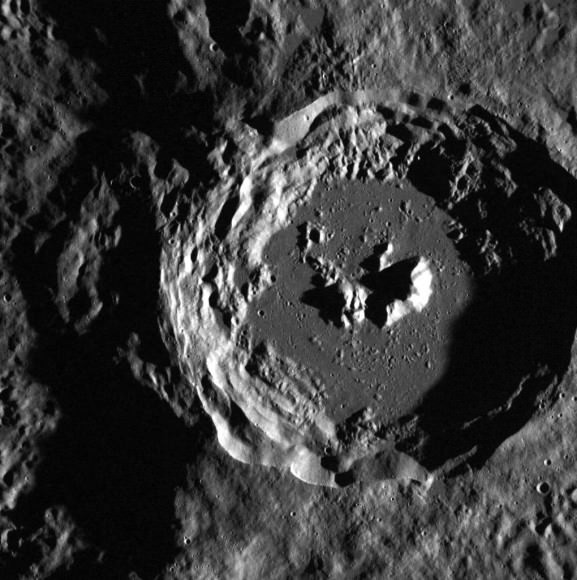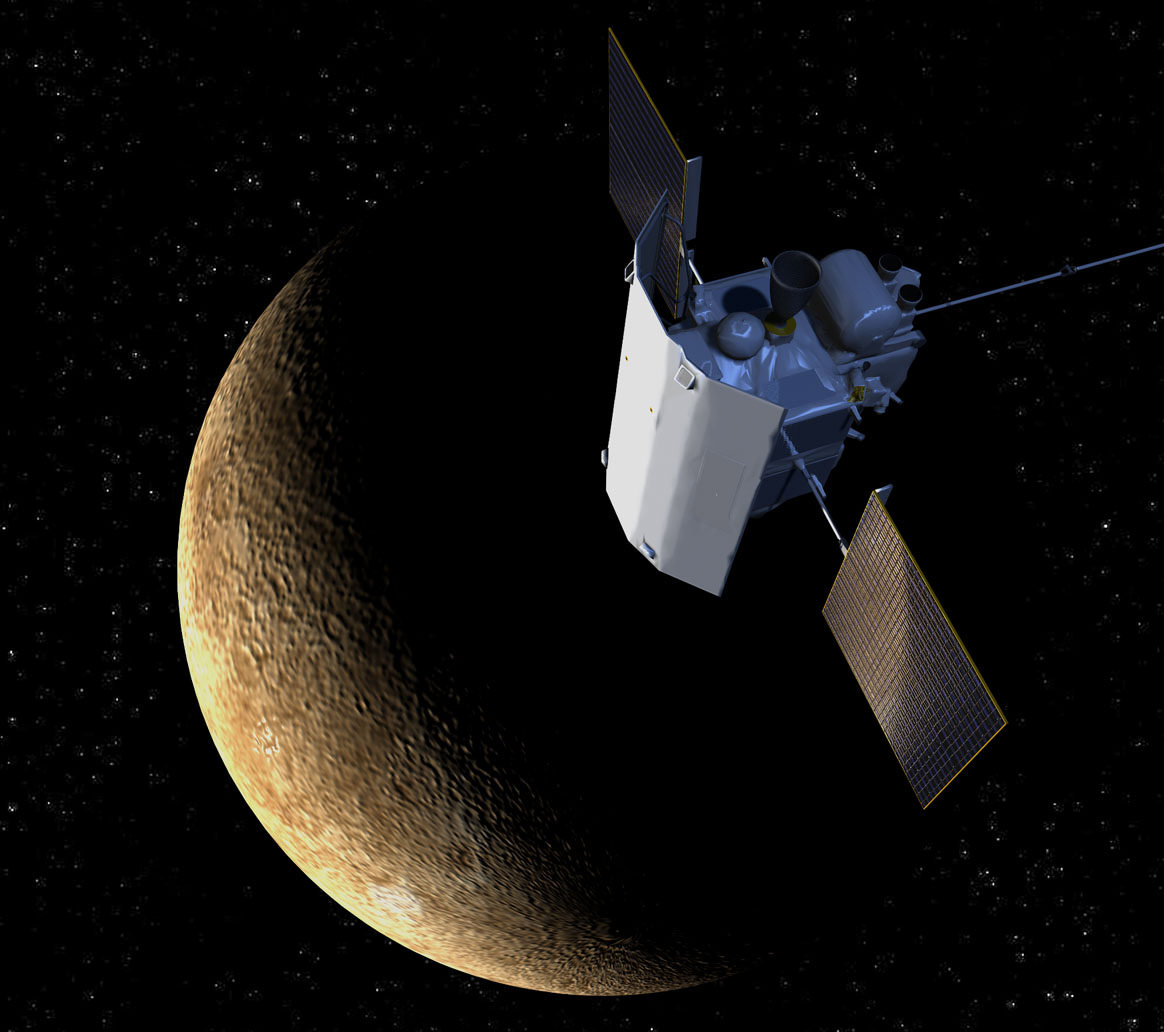If all goes well — and there’s no guarantee of this — NASA’s venerable Mercury sentinel may have an extra month of life left in it before it goes on a death plunge to the planet’s surface. Managers think they have found a way to stretch its fuel to allow the spacecraft to fly until April, measuring the planet’s magnetic field before falling forever.
Success will partially depend on a maneuver that will take place on Jan. 21, when MESSENGER (MErcury Surface, Space ENvironment, GEochemistry, and Ranging) will raise its minimum altitude. But moreover, pushing the impact back to April will be the first extended test of using helium as a propellant in hydrazine thrusters, components that were not actually designed to get this done. But the team says it is possible, albeit less efficiently.
“Typically, when … liquid propellant is completely exhausted, a spacecraft can no longer make adjustments to its trajectory,” stated Dan O’Shaughnessy, a mission systems engineer with the Johns Hopkins University Applied Physics Laboratory.
“However, gaseous helium was used to pressurize MESSENGER’s propellant tanks, and this gas can be exploited to continue to make small adjustments to the trajectory.”

However long the mission does end up lasting, MESSENGER has shown us some unexpected things about the planet that is closest to the Sun. Turns out that water ice likely lies in some of the shadowed craters on its surface. And that organics, which were possibly delivered to Earth via comets and asteroids, are also on Mercury.
Atmospheric changes have been seen in the tenuous gases surrounding Mercury, showing a definite influence from the nearby Sun. And even the magnetic field lines on the planet are influenced by charged particles from our closest star.
And with MESSENGER viewing the planet from close-up, NASA and Johns Hopkins hope to learn more about volcanic flows, how crater walls are structured, and other features that you can see on the airless planet. Despite a 10-year mission and more than three years orbiting Mercury, it’s clear from MESSENGER that there is so much more to learn.

